While brass remains a cornerstone in various industrial applications, the versatility and unique properties of mild steel have positioned it as a vital material across multiple sectors. At Kriloha Ltd., our expertise in brass components provides a solid foundation as we explore the expansive world of mild steel parts. This exploration underscores the significance of mild steel in electrical systems, mechanical fittings, and diverse industrial applications.
Mild steel’s ferromagnetic properties make it an ideal choice for various electrical applications. Its ability to be magnetized allows it to be used in components that utilize electrical currents. Key applications include:
Motors and transformers: Mild steel is used in the construction of cores due to its magnetic properties.
Electrical enclosures: Its strength and ease of fabrication make it suitable for housing electrical components.
The integration of mild steel in these components not only enhances performance but also contributes to energy efficiency and sustainability.
In mechanical systems, the choice of material for fittings is crucial for ensuring durability and performance. Mild steel stands out due to its:
High tensile strength: Ensures reliability under mechanical stress.
Ease of fabrication: Allows for the creation of intricate designs and custom fittings.
Cost-effectiveness: Provides a budget-friendly solution without compromising quality.
Common applications include:
Hydraulic and pneumatic systems: Mild steel fittings ensure leak-proof connections.
HVAC systems: Efficient airflow and temperature regulation rely on high-quality mild steel components.
Industrial piping: Used for conveying water, gas, and oil due to its strength and durability.
The adaptability of mild steel in mechanical fittings ensures reliability across diverse operational environments.
Mild steel’s properties make it suitable for a wide range of industrial applications:
Construction: Used in the construction of buildings, bridges, and infrastructure due to its strength and ability to bear heavy loads.
Automotive industry: Commonly used for manufacturing vehicle frames, body panels, and engine parts.
Manufacturing: Employed in the production of machinery, tools, and equipment due to its machinability and weldability.
Its versatility and cost-effectiveness make mild steel a preferred choice in various industries.
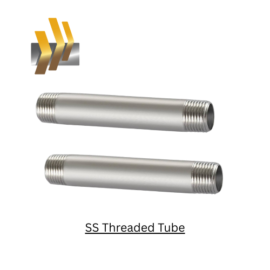
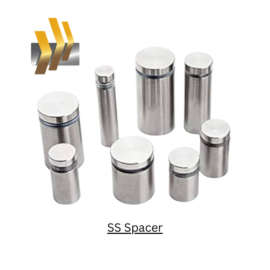
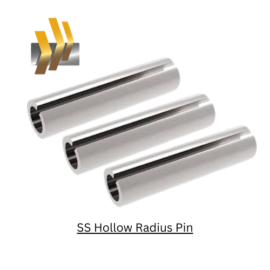

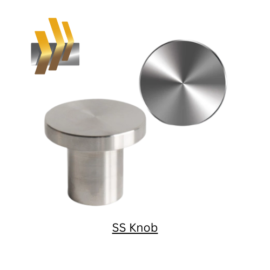
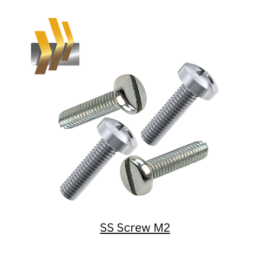
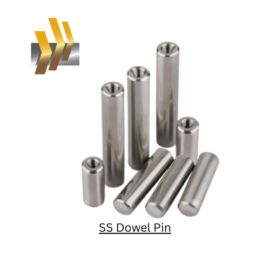
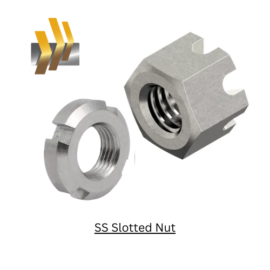
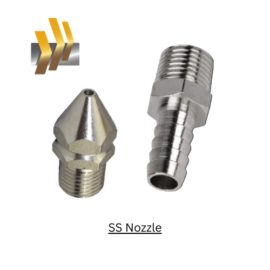
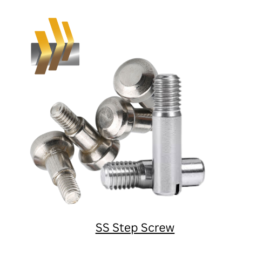
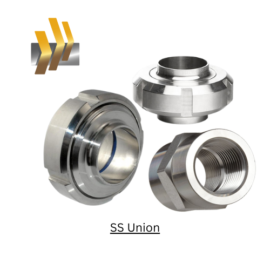
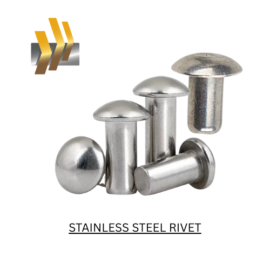

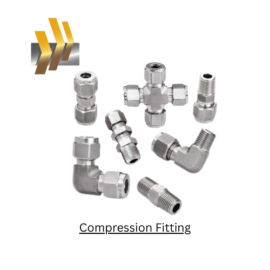
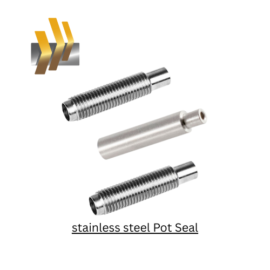
Mild steel, also known as low-carbon steel, is characterized by its low carbon content, typically between 0.05% and 0.25%. This composition results in a material that is highly malleable, ductile, and weldable, making it suitable for various applications.
Mild steel exhibits several notable properties:
• Ductility and Malleability: It can be easily shaped without cracking.
• Weldability: Its low carbon content allows for excellent weldability.
• Machinability: It can be machined with ease.
• Strength: While not as strong as high-carbon steels, it offers adequate strength for many applications.
Mild steel is widely used across various industries:
• Construction: For structural components like beams and columns.
• Automotive: In manufacturing body panels and chassis.
• Manufacturing: For machinery parts and tools.
• Furniture: In frames and supports.
Compared to high-carbon and alloy steels, mild steel
• More ductile: Easier to shape and form.
• Less brittle: Less prone to cracking under stress.
• More weldable: Due to its lower carbon content.
Yes, mild steel can corrode when exposed to moisture and oxygen. To prevent this, protective coatings like paint, galvanization, or powder coating are often applied.
Mild steel comes in various grades, each suited for specific applications:
• S235, S275, S355: Common structural grades.
• AISI 1018, 1020: Used in general-purpose applications
.
Absolutely. Mild steel's low carbon content makes it highly weldable using various techniques like MIG, TIG, and arc welding
Mild steel has a melting point ranging from approximately 1,370°C to 1,480°C (2,500°F to 2,700°F), depending on its specific composition.
Mild steel can be processed through various methods:
• Hot Rolling: For creating large structural sections.
• Cold Rolling: For producing sheets with a smooth finish.
• Machining: Including drilling, milling, and turning.
Mild steel offers several benefits:
• Cost-Effective: It's relatively inexpensive compared to other metals.
• Versatile: Suitable for a wide range of applications.
• Easy to Work With: Its properties make it easy to cut, weld, and shape.
3 Stanhope Gate, Yorktown Business Park Camberley GU15 3DW. UK
© Copyright by Cytech Media